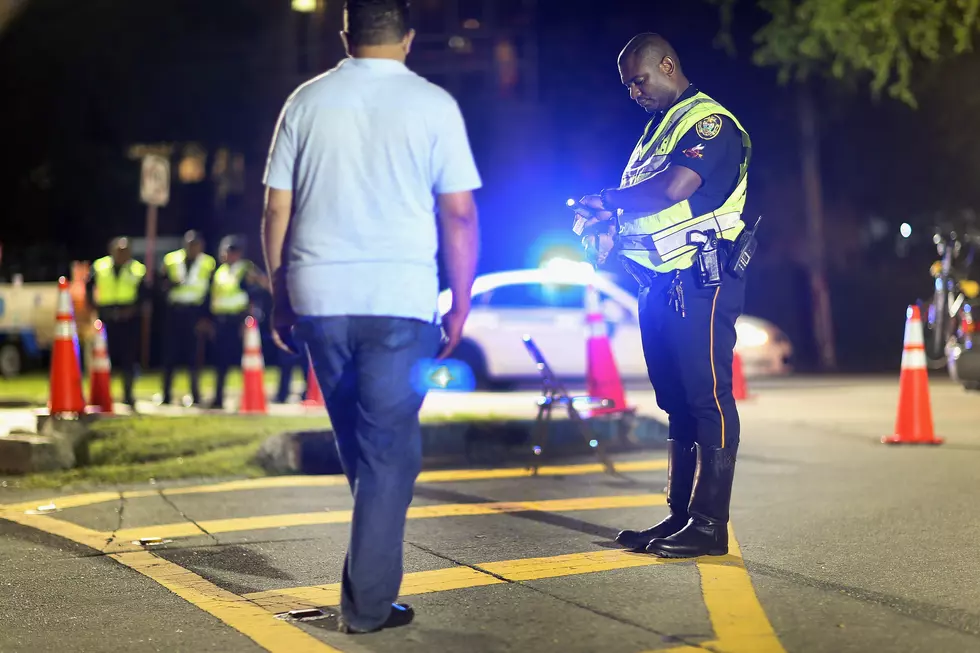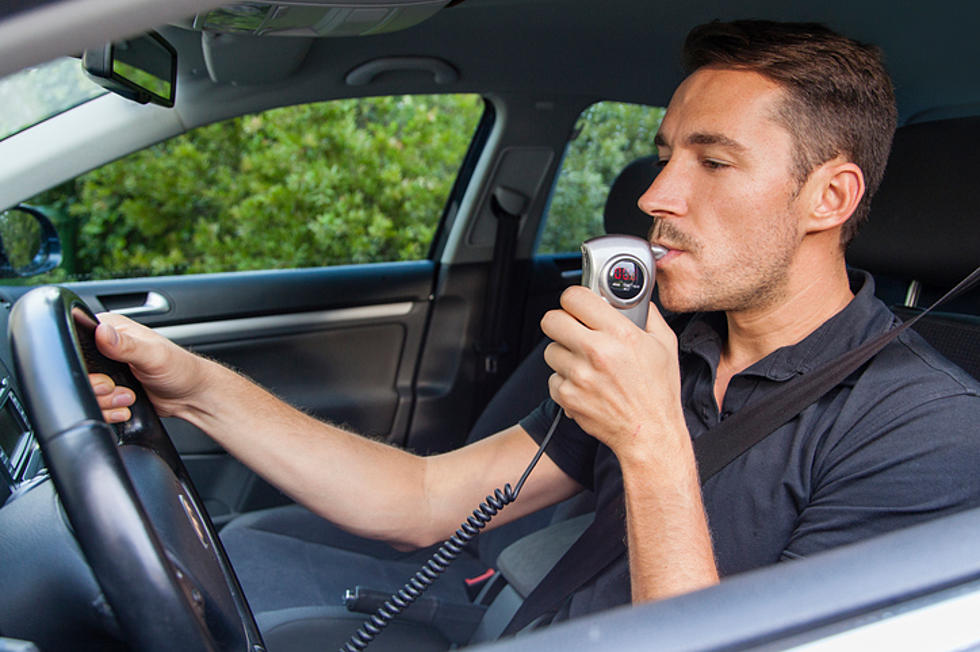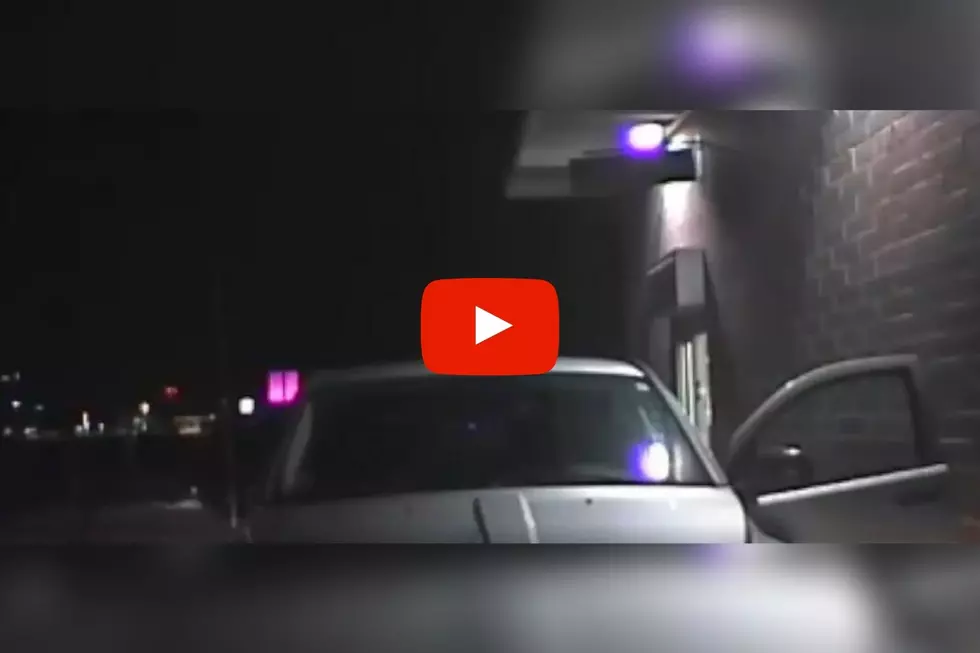
Should Michigan Lower Our Drunk Driving Threshold to 0.05?
There are 49 states that currently have a blood alcohol content limit of 0.08. There are two bills introduced in the House by State Representative Abdullah Hammoud, D-Dearborn, that would reduce that limit to 0.05 among other changes here in the state of Michigan.
House Bills 4420 and 4421 would reduce Michigan’s drunk driving threshold of less than 0.08 to less than 0.05 as well as require first-time convicted drunk drivers to use an ignition interlock device on their vehicle. This ignition interlock would require those drivers to take a breathalyzer test in the car before the car can start.
State Representative Abdullah Hammoud said he was inspired to introduce these bills when a drunk driver killed a Northville Michigan family on their way home from a vacation when the drunk driver drove in the opposite direction of traffic on I-75 in Lexington, Kentucky.
The driver had a .306 blood-alcohol-level at the time of the crash, well above the 0.08 limit.
I am not questioning the legitimacy of the bills or if they should pass or not but someone who is going to drive drunk with a blood-alcohol-level of .306 would not be stopped by lowering the limit from 0.08 to 0.05.
If the intent of these bills is to reduce the amount of people who not would drive drunk because the limit was reduced from 0.08 to 0.05, I do not think these bills would achieve that. It will definitely increase the amount of people arrested, jailed and prosecuted but not decrease the number of drunk drivers much if at all.
If you want to decrease the number of drivers driving drunk then pass a law which would make any presence of alcohol, marijuana or any other drugs illegal.
The National Transportation Safety Board recently recommended that states establish a per se blood alcohol concentration (BAC) limit of 0.05 or lower for all drivers who are not already required to adhere to lower BAC limits in a national effort to reduce alcohol-impaired driving.
There is strong evidence for adopting this recommendation. A comprehensive review of the literature on BAC limits was conducted. The research indicates that virtually all drivers are impaired regarding at least some driving performance measures at a 0.05 BAC. The risk of being involved in a crash increases significantly at 0.05 BAC and above.
The relative risk of being killed in a single-vehicle crash with BACs of 0.05–0.079 is 7–21 times higher than for drivers at 0.00 BAC. Lowering the BAC limit from 0.08 to 0.05 has been a proven effective countermeasure in numerous countries around the world.
Most Americans do not believe a person should drive after having two or three drinks in 2 hours. It takes at least four drinks for the average 170-pound male to exceed 0.05 BAC in 2 hours (three drinks for the 137-pound female).
Most industrialized nations have established a 0.05 BAC limit or lower for driving. Progress in reducing the proportion of drivers in fatal crashes with illegal BACs has stalled over the past 15 years. Lowering the BAC limit for driving from the current 0.08 to 0.05 has substantial potential to reduce the number of people who drink and drive in the United States and get involved in fatal crashes.
I am for doing whatever we can to reduce the amount of drunk drivers on the road but I do not want people to fool themselves in thinking changing a law in this manner would actually do that.
I tell my children to never get in a vehicle and drive if they drank a single drop of alcohol; I also tell them to never get into a vehicle if the driver had a single drop of alcohol. I told them to call me anytime, day or night, and I will be there to pick them up, no questions asked…until the next day.
More From WBCKFM









